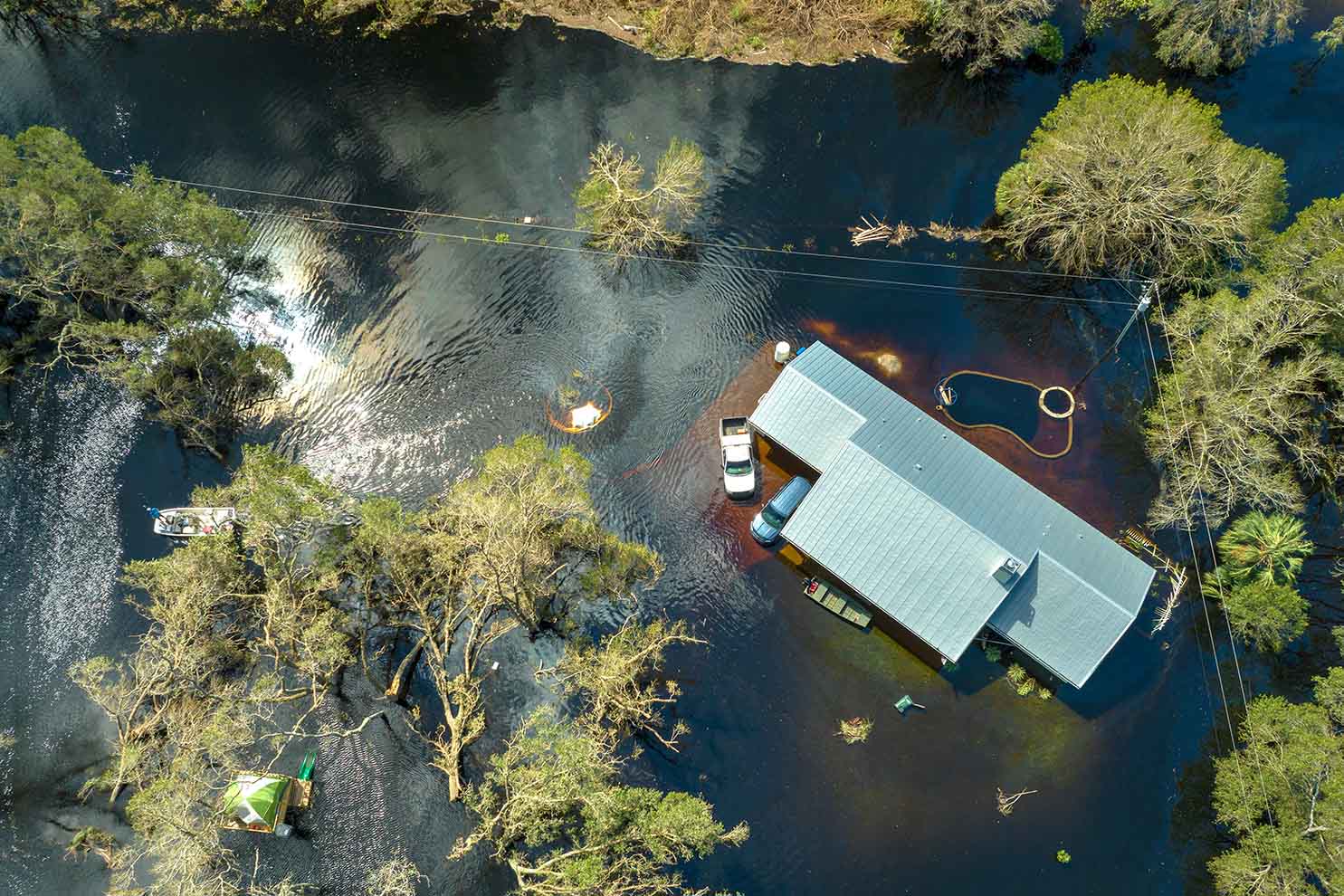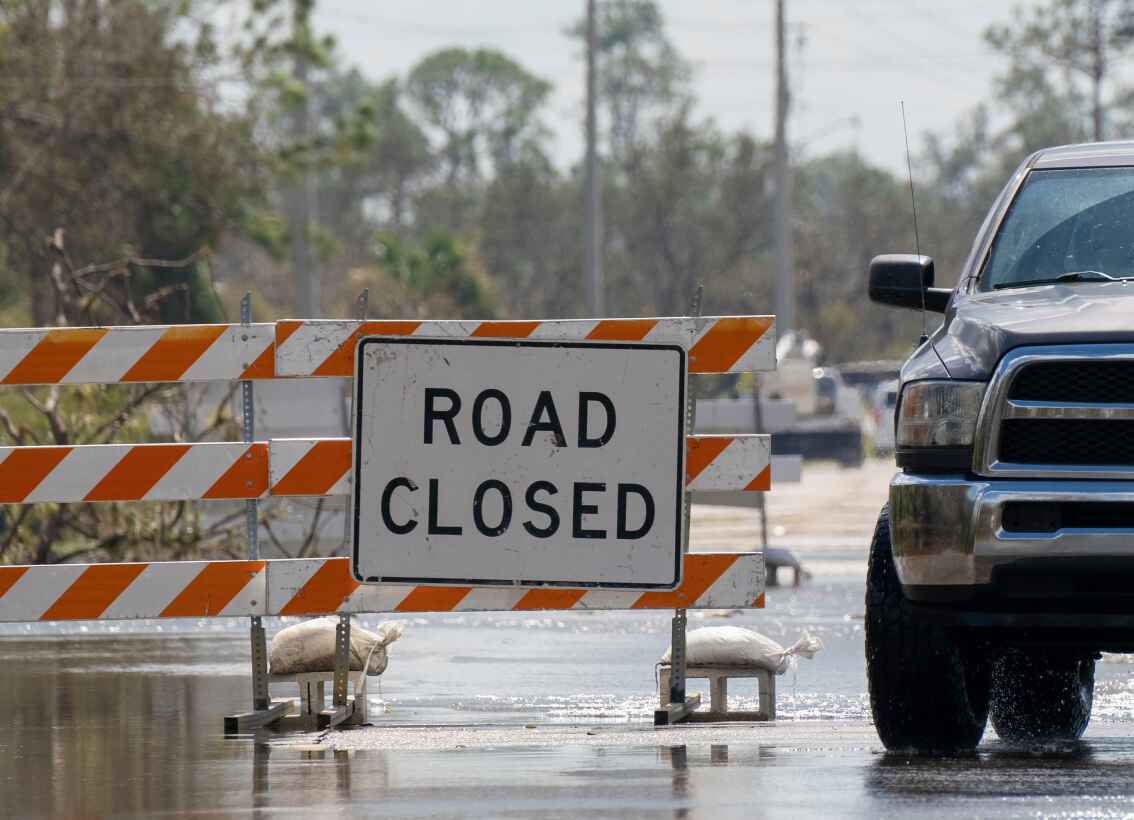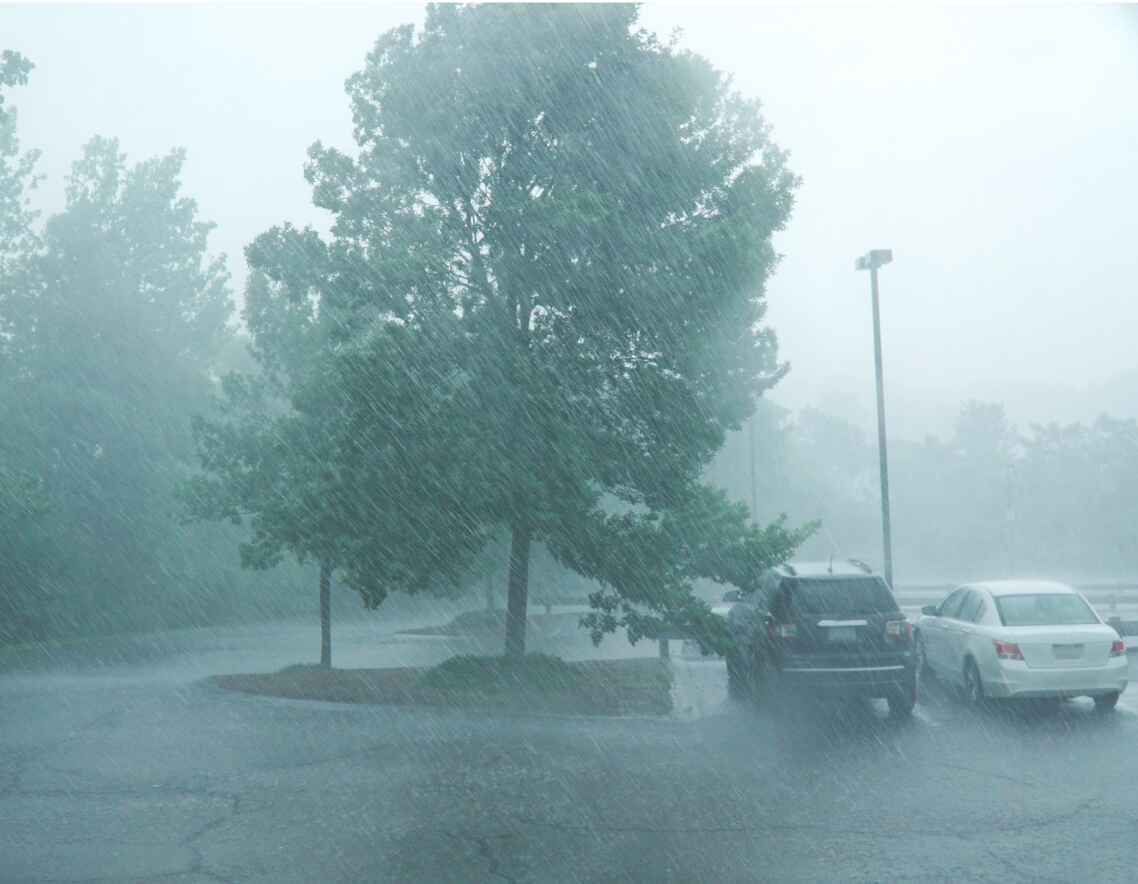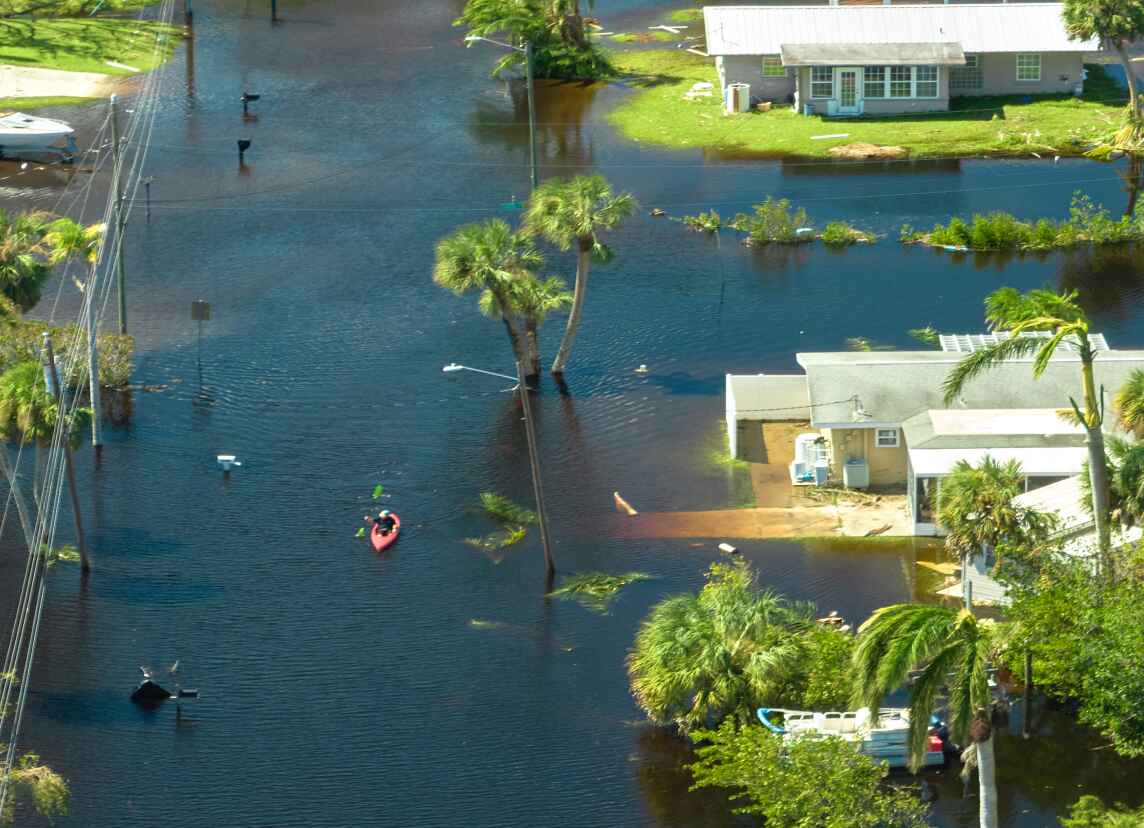FLOOD INSURANCE
Time to raise the bar on flood protection.
According to FEMA (Federal Emergency Management Agency), flooding is the nation’s most common natural disaster and 30% of flood claims are filed by people living in what are considered to be moderate- to low-risk areas.

Consider our flood insurance services.
A general policy will generally not cover claims for flood damage, and this type of insurance is often only available through the National Flood Insurance Program (NFIP).
If your property is in a high-risk flood area and you have a mortgage from a federally regulated or insured lender, then you are required to purchase a flood insurance policy. However, the NFIP reports that one-third of all annual claims paid are for policies in low-risk communities. Because new land development can increase flood risk by changing natural runoff patterns, it is a good idea to purchase flood insurance even if you are not near a large body of water.


Who should buy NFIP coverage?
There are two main flood hazard level standards and several sub-categories that the NFIP uses to categorize a company’s risk for flooding and to determine premiums.
- Moderate-to-low-risk buildings, which are in zones B, C and X. These areas are outside of the one percent annual chance floodplain, areas of less than one percent annual chance of sheet-flow flooding where average depths are less than one foot, areas of less than one percent annual chance stream flooding where the contributing drainage area is less than one square mile or areas protected by levees.
- High-risk buildings, which are in zones A and V.
- Zone A buildings are within a certain floodplain distance from a river, lake or stream.
- Zone V buildings are within a certain distance from the coast and exposed to natural disasters associated with the ocean.
What does flood insurance cover?
Standard property insurance does not cover damages from flooding. A separate flood policy is needed to cover losses to your property caused by flooding, which provides coverage for things such as:
- Structural damage
- Furnace, water heater, and air conditioner
- Flood debris clean up
- Floor surfaces (carpeting and tile)
What are the associated costs?
Flood insurance premiums are based on several factors, which could raise or lower the amount you would have to pay. These factors include the following:
- Building age, height, and occupancy
- Your location within the building
- The location of the lowest floor in relation to the elevation requirement on the flood map (only applicable to newer buildings)
- The deductible you choose and the amount of building and contents coverage
If you are located in a low-risk area, you are eligible for the Preferred Risk Policy, which would cover your building as well as its contents for just a few hundred dollars a year. Even though federal disaster assistance is available to flood victims, it is usually in the form of a loan that must be paid back with interest.
What is the normal waiting period before I am protected?
In general, a policy does not take effect until 30 days after you purchase flood insurance. Additional resources:

Other solutions from Marshall+Sterling.

Business Insurance
Marshall+Sterling can help you analyze and assess your risk, delivering custom solutions to help you protect your business.

Employee Health and Benefits
We provide our clients with a wide array of choices for cost-competitive programs throughout the insurance industry.

Retirement and Wealth
Dedicated to simplifying the complexities of the financial world and supporting you in achieving and protecting what matters most.

Equine, Farm, and Ranch Insurance
Our Equine Division specializes in personalized plans that encompass a full range of equine, farm, and ranch insurance coverage.
